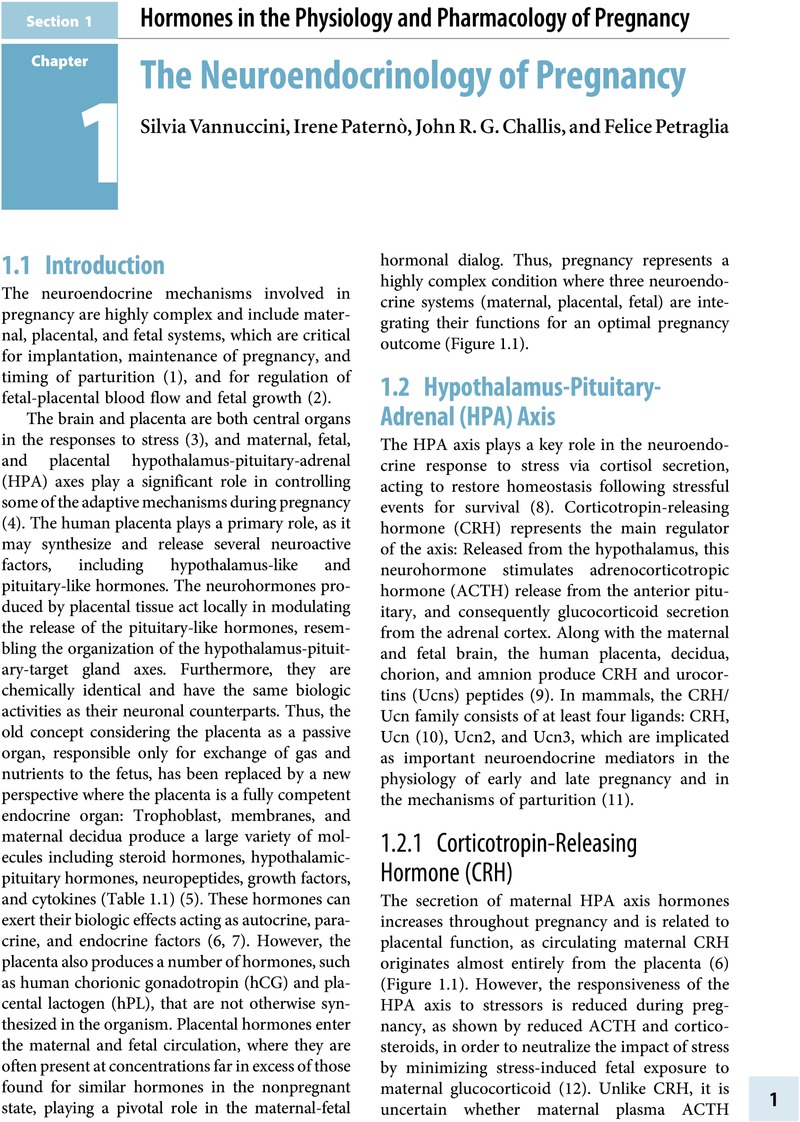Section I - Hormones in the Physiology and Pharmacology of Pregnancy
Published online by Cambridge University Press: 09 November 2022
Summary

- Type
- Chapter
- Information
- Hormones and PregnancyBasic Science and Clinical Implications, pp. 1 - 72Publisher: Cambridge University PressPrint publication year: 2022



